 |
World Bank energy expert Tran Hong Ky announcing the pilot programe
This was announced by Tran Hong Ky, energy expert of the World Bank, at the inception workshop themed “National Assessment of the Development Potential of Grid-Connected Solar Photovoltaic Projects in Vietnam until 2020 with a Vision to 2030,” organised this morning in Hanoi.
The workshop was organised within the framework of the Renewable Energy and Energy Efficiency (4E) project, which is jointly implemented by Power and Renewable Energy Agency under the Ministry of Industry and Trade (MoIT), and Deutsche Gesellschaft für Internationale Zusammenarbeit GmbH (GIZ) on behalf of the German Federal Ministry for Economic Cooperation and Development (BMZ).
Accordingly, the Vietnamese government will issue set capacities (e.g. generating 500MW by 2020) and companies will be able to bid with complete project plans and feed-in-tariffs. The winner, generally the investor offering the best prices, will be awarded the project and the power purchase agreement to then arrange capital, land, and complete the advertisement procedures to implement the project.
“World Bank and MoIT are discussing plans to implement the programme and the method to collect the $2-million capital for implementation. We expect to implement the programme before the decision on polices for encouraging solar power development in Vietnam expires in June 2019 so that we can compare the effectiveness of the existing selling price policies to the auction programme,” Ky added.
“The pilot auction programme was proposed based on investors’ concerns about the selling price of solar power. Thus, we expect that the programme will help Vietnam to exploit the maximum potential of solar power,” Ky stated.
The selling price is one of the primary concerns of investors looking to develop solar projects in Vietnam, thus, on April 11, the government issued Decision No.11/2017/QD-TTg on an incentive mechanism for developing solar power projects.
Accordingly, the buyer will be obliged to buy the whole generated output from on-grid solar power projects with the feed-in tariff at the point of delivery of VND2,086 per kWh (not including value added tax), equivalent to 9.35 US cent per kWh. This feed-in tariff will be adjusted according to VND/USD exchange rate fluctuations. The decision is valid from June 1, 2017 until June 30, 2019.
Responding to the decision, Nguyen Sy Chi, deputy director of Ocean Renewable Energy JSC, said that the above selling price is quite attractive and investors in general and Ocean Renewable Energy in particular can see profit in investing in this sector. However, the effective duration is quite short, while solar projects operate for 20-30 years, thus it is difficult to forecast policy changes after the existing decision expires and firms cannot build long-term plans.
Regarding the proposal of the pilot auction programme, Chi said that the investor will face numerous risks because, in general, before deciding to develop a project, investors will calculate the chances of whipping up the necessary investment capital and the project company’s equity.
This process includes the calculation of bank loans to be taken up for financing the project. However, a precedent condition set by banks to provide loans is the submission of a power purchase agreement. Thus, in case of a selling price auction, investors will find absolutely no certainty as to the funds available for them, making the whole process no more than mere guesswork, a risk very few would be willing to take on.
Vietnam’s fast-growing economy has placed tremendous pressure on the country’s fossil fuel-dependent electricity production over the past few decades. Meanwhile, the county has expansive solar resources.
The solar irradiation levels are comparable to most countries in the region, including developed solar markets, such as China, Thailand or the Philippines, as well as to mature international solar markets, such as Spain and Italy. Thus, solar energy can strongly contribute to meeting the raising energy demand in Vietnam.
Solar photovoltaic (PV) is expected to be the main renewable energy source with the installed capacity to be increased from around 6-7MW by the end of 2015 to 850MW by 2020 (1.6 per cent of the country’s power generation) and 12,000 GW by 2030 (equivalent to 3.3 per cent).
Potential solar projects under construction
On August 29, 2015 Thien Tan Investment and Construction Joint Stock Company organised the ground-breaking ceremony of the 19.2MW Thien Tan solar power project located in the central province of Quang Nam’s Mo Duc district.
The plant was expected to add about 28 million kWh of electricity to the national grid per annum.
The VND900-billion construction was scheduled for completion in July 2016. However, to date, the construction has yet to finish.
Along with Thien Tan’s existing project in Quang Ngai, the company planned to develop the $2-billion Thien Tan Solar Energy Project in Bac Ai district in Ninh Thuan province. The project, which covers an area of 1,400 hectares, is divided into different phases with five power plants in total, of which the first 50MW plant will commence construction in 2017. The plant is expected to be put into operation in 2018.
To date, the group has completed several preparatory activities, including proof of financial capacity, investigation and development of the topographical map, as well as submitting the environmental impact assessment report.
BCG Bang Duong Energy Joint Stock Company under Bamboo Capital JSC and South Korean Hanwha Group will cooperate in implementing a solar power project in the Mekong Delta’s Long An province with a total investment of $100 million.
The 125-hectare project’s capacity will be 100MW and will begin construction in 2018 to be completed by 2019.
BCG Bang Duong will arrange domestic capital sources, conduct administrative procedures, research and implement the project, as well as negotiate the signing of electricity purchase contracts with Electricity of Vietnam (EVN). Hanwha will provide technology, engineering, and installation, and arrange international funding.
The first project to be connected to the national grid is An Hoi solar farm in Con Dao of Ba Ria-Vung Tau province. The project’s construction was kicked off in March 2014 and started transmitting electricity to the Con Dao grid in early December 2014 with a capacity of 36 kWh.
Source: VIR

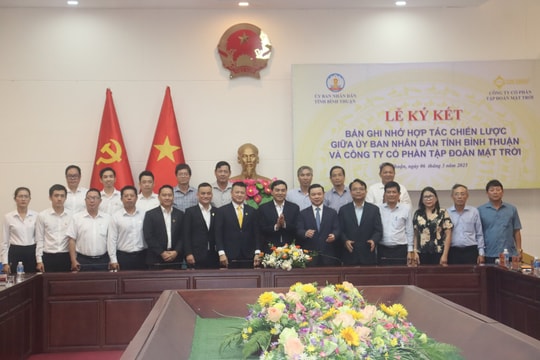
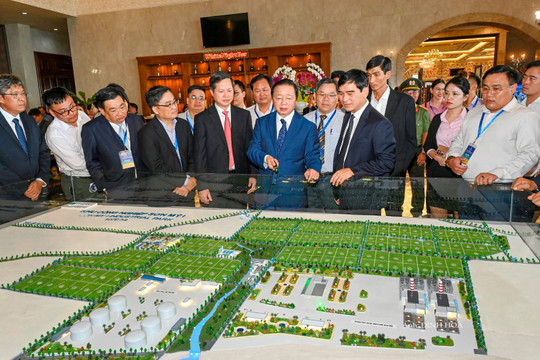
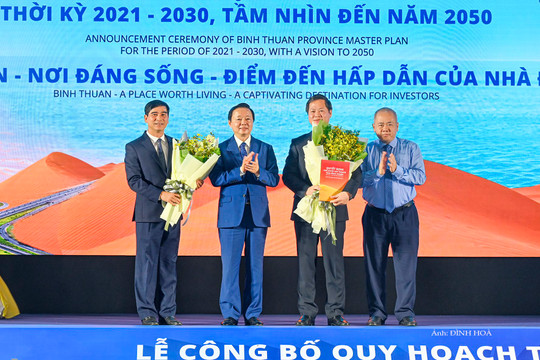

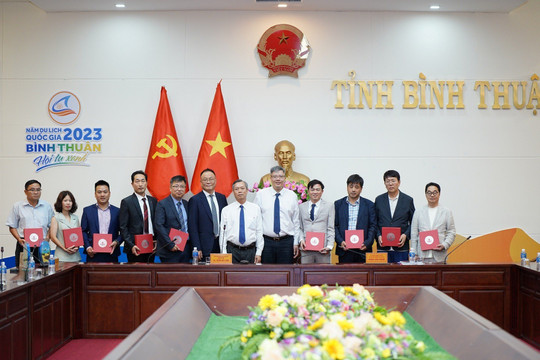
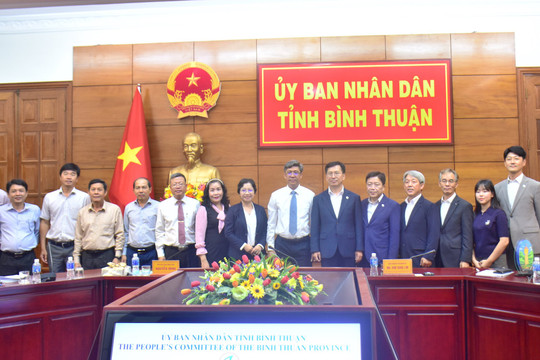













.jpg)





.jpeg)

.jpeg)


.jpeg)


